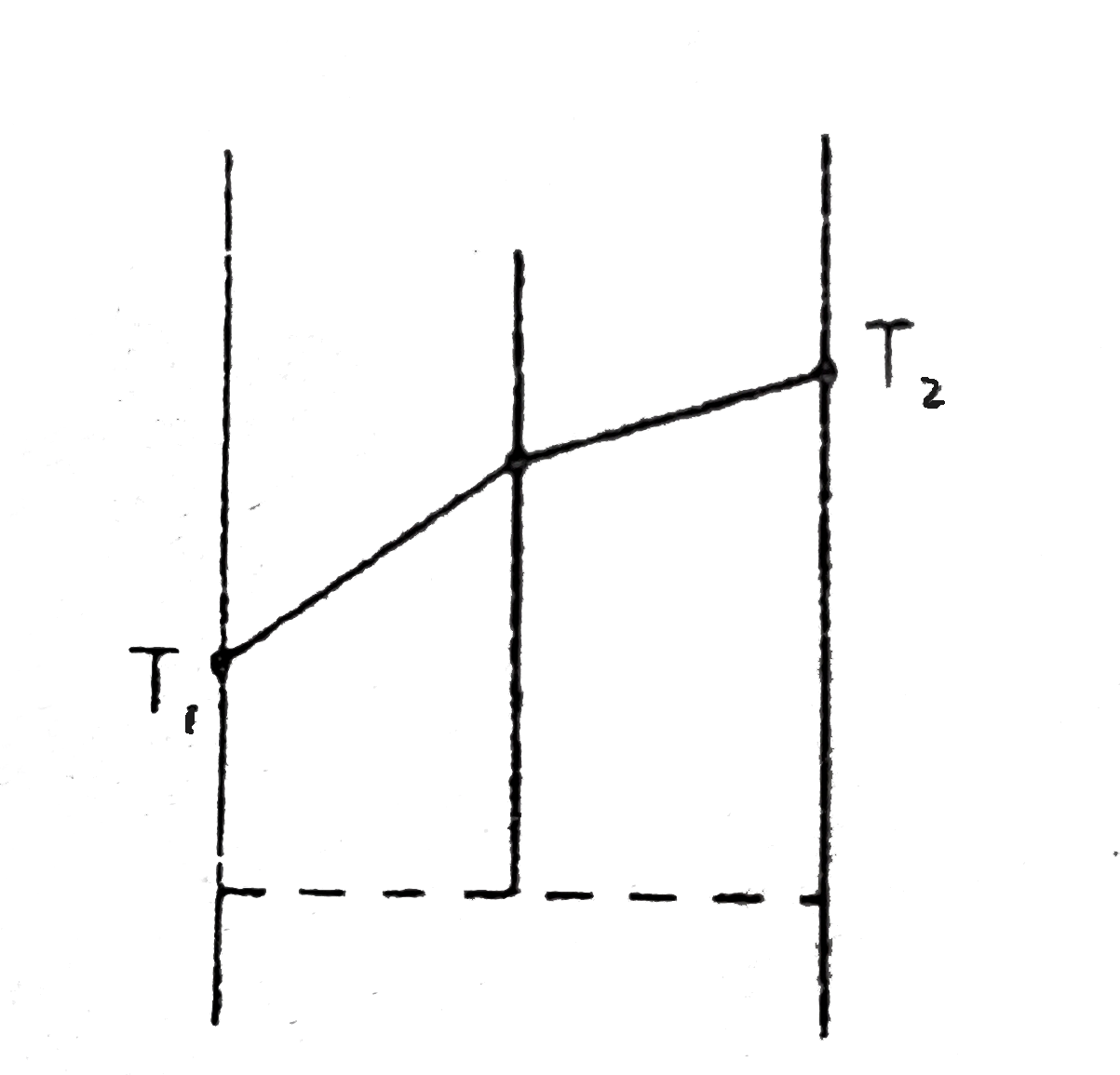Is the bulb of a thermoeter made of diathermic or adiabatic wall ?
To determine whether the bulb of a thermometer is made of diathermic or adiabatic walls, we can follow these steps:
Step 1: Understand the Definitions
- Diathermic Walls: These walls allow heat transfer but do not allow mass transfer. They are good conductors of heat.
- Adiabatic Walls: These walls do not allow heat transfer or mass transfer. They are insulators.
Step 2: Analyze the Function of a Thermometer
- A thermometer is designed to measure temperature by allowing heat to flow from the substance being measured into the thermometer. This heat transfer is essential for the thermometer to provide an accurate reading.
Step 3: Determine the Requirement for the Bulb
- Since the thermometer needs to respond to temperature changes, the bulb must allow heat to enter it from the surrounding environment. This means that the bulb must be able to conduct heat effectively.
Step 4: Conclude the Type of Wall
- Given that the bulb of a thermometer must allow heat transfer to function correctly, it must be made of diathermic walls. Adiabatic walls would prevent heat transfer, making it impossible for the thermometer to measure temperature accurately.
Final Answer
- The bulb of a thermometer is made of diathermic walls.
---
- Diathermic Walls: These walls allow heat transfer but do not allow mass transfer. They are good conductors of heat.
- Adiabatic Walls: These walls do not allow heat transfer or mass transfer. They are insulators.
- A thermometer is designed to measure temperature by allowing heat to flow from the substance being measured into the thermometer. This heat transfer is essential for the thermometer to provide an accurate reading.
- Since the thermometer needs to respond to temperature changes, the bulb must allow heat to enter it from the surrounding environment. This means that the bulb must be able to conduct heat effectively.
- Given that the bulb of a thermometer must allow heat transfer to function correctly, it must be made of diathermic walls. Adiabatic walls would prevent heat transfer, making it impossible for the thermometer to measure temperature accurately.
- The bulb of a thermometer is made of diathermic walls.
Topper's Solved these Questions
Similar Questions
Can the bulb of a thermometer be made of an adiabatic wall?
View SolutionDetermine the light pressure exerted on the walls of an electric bulb of power 100W. The bulb is made in the form of a sphere of radius 5cm, its walls reflect 10% of the incident light and the rest 90% of the light is transmitted. Assume that the entire power consumed by the bulb is converted into radiation and transmitted light does not exert any pressure.
View SolutionIn adiabatic process
View SolutionWhat is the difference between an adiabatic wall and a diathermic wall?
View SolutionA torch bulb glows if the terminals of the bulb are connected to the terminals of a cell by the metallic wire.
View SolutionPlant cell walls are made of
View SolutionFor an adiabatic process :
View SolutionCell wall of prokaryotes is made up of
View SolutionThe wall of a house is made of two different materials of same thickness. The temperatures of the outer wall is T2 and that of inner wall is T1<T2. The temperature variation inside the wall as shown in the figure. Then :
 View Solution
View SolutionIf a certain mass of gas is made to undergo separately adiabatic and isothermal expansions to the same pressure, starting form the same initial conditions of temperature and pressure, then, as compared to that of isothermal expansion, in the case of adiabatic expansion, the final
View Solution

